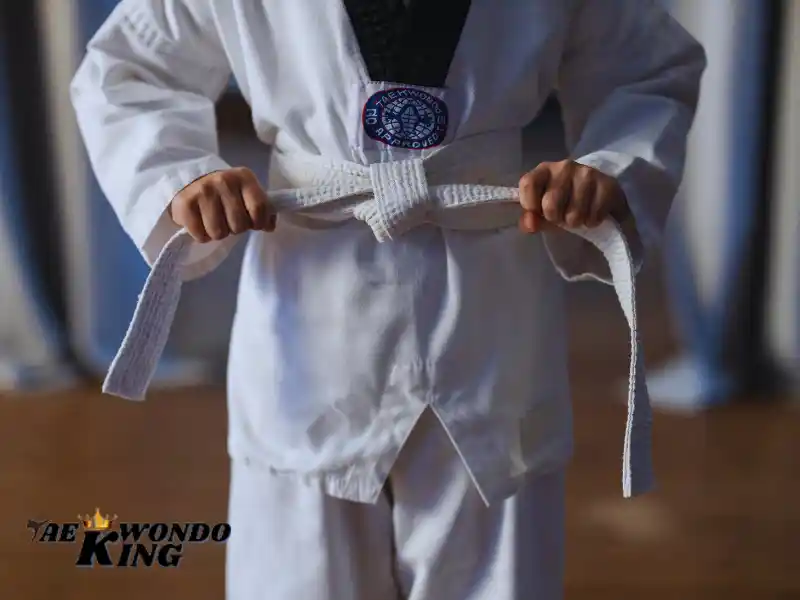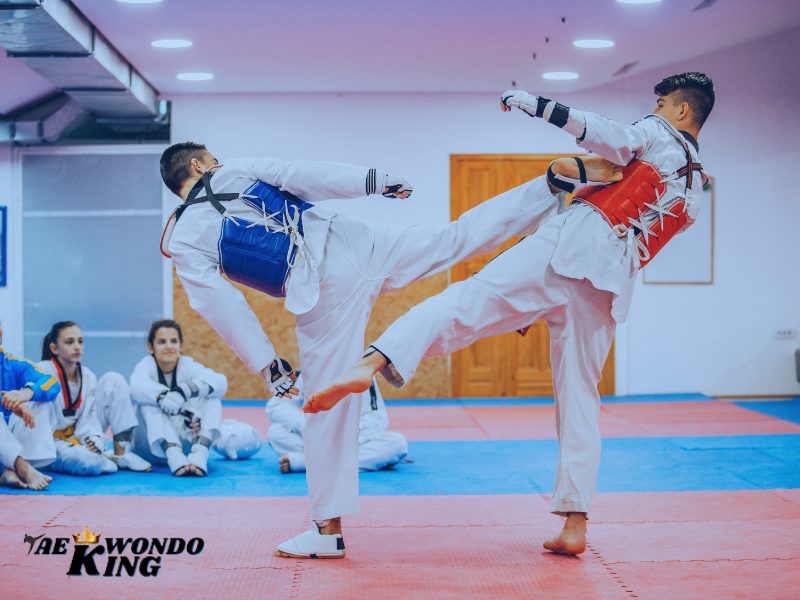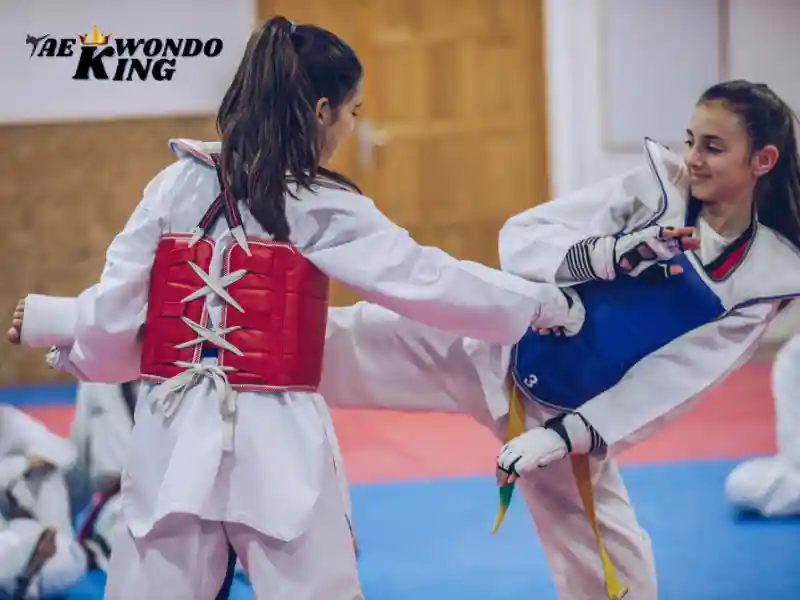
Mixed martial arts (MMA) is among the most exhilarating combat sports. It integrates various fighting styles into a single discipline. If your goal is to enhance fitness, self-defense, or competitive abilities, enrolling in mixed martial arts classes can be an excellent option.
This guide will address all the essential information you need. You will discover details about training, advantages, techniques, and tips on locating the appropriate gym.
What Are Mixed Martial Arts Classes?
Mixed martial arts classes instruct techniques from numerous disciplines. These encompass boxing, wrestling, kickboxing, Brazilian Jiu-Jitsu (BJJ), and Muay Thai.
In contrast to conventional martial arts, MMA does not concentrate on a singular style. Instead, participants acquire knowledge in a blend of striking, grappling, and ground combat.
Benefits of Mixed Martial Arts Classes
1. Full-Body Workout
MMA training engages the entire body. Striking enhances upper body strength. Kicks bolster leg power. Grappling increases endurance.
2. Self-Defense Skills
MMA provides practical self-defense training. Participants learn to strike, block, and break free from holds. These abilities can be beneficial in real-life scenarios.
3. Mental Toughness
MMA tests both physical and mental capabilities. Training fosters confidence, patience, and discipline.
4. Weight Loss and Fitness
MMA rapidly burns calories. It merges cardiovascular work, strength training, and flexibility routines. Numerous participants achieve quick weight loss.
5. Stress Relief
Striking pads or sparring alleviates stress. Training assists in alleviating tension and improving mood.
What to Expect in Mixed Martial Arts Classes
Novices often question what transpires in mixed martial arts classes. Each session differs, but here’s a general outline:
1. Warm-Up
Classes commence with a warm-up. This encompasses jogging, jump rope exercises, and dynamic stretching. Some gyms incorporate bodyweight exercises such as push-ups and squats.
2. Technique Drills
Instructors introduce new techniques. This can range from a striking combination to a takedown or submission. Participants rehearse movements with partners.
3. Pad Work and Bag Work
Striking classes involve punching and kicking exercises. Participants strike focus mitts, heavy bags, or Thai pads.
4. Sparring (Optional)
Advanced participants may engage in sparring. This consists of controlled fighting with protective gear. Novices typically begin with light drills before transitioning to full sparring.
5. Cool Down and Stretching
Classes conclude with stretching. This helps to prevent injuries and enhances flexibility.
How to Choose the Right Mixed Martial Arts Classes
Locating a reputable MMA gym is crucial. Here are some important aspects to consider:
1. Instructor Experience
Seek qualified coaches. They should possess expertise in various martial arts styles. Many leading trainers are former fighters.
2. Class Structure
Certain gyms prioritize striking, while others highlight grappling. Identify one that aligns with your interests.
3. Student Level
Are the classes suitable for beginners? Some gyms focus on advanced fighters, while others cater to all skill levels.
4. Safety Measures
A quality gym emphasizes safety. It should feature clean mats, appropriate gear, and regulated sparring.
5. Location and Schedule
Select a gym with convenient class timings. Training should seamlessly fit into your day-to-day routine.
Types of Mixed Martial Arts Classes
MMA training is categorized into various areas. Below are the primary class types:
1. Striking Classes
These emphasize punches, kicks, knees, and elbows. They usually consist of:
Boxing –
Covers footwork, jabs, crosses, and hooks.
Kickboxing –
Merges punches and kicks for a comprehensive workout.
Muay Thai –
Incorporates knee and elbow strikes into conventional kickboxing.
2. Grappling Classes
Grappling is vital in MMA. These classes instruct on takedowns, submissions, and escapes. Popular styles encompass:
Brazilian Jiu-Jitsu (BJJ) –
Emphasizes ground combat and submissions.
Wrestling –
Educates on takedowns and control.
3. Conditioning Classes
Strength and endurance are crucial in MMA. Numerous gyms provide fitness-oriented classes to enhance cardio and strength.
4. MMA Sparring
This integrates all components. Students train in striking, wrestling, and submissions in real time.
What Equipment Do You Need for Mixed Martial Arts Classes?
MMA training necessitates specific gear. Here’s a list of what you’ll need:
1. MMA Gloves
MMA gloves are lighter compared to boxing gloves. They permit grappling while safeguarding the hands.
2. Mouthguard
A mouthguard helps avert dental injuries during sparring.
3. Shin Guards
Shin guards shield the legs when executing kicks.
4. Rash Guards
A rash guard aids in avoiding mat burns and infections.
5. Hand Wraps
Hand wraps offer wrist stability for striking.
6. Headgear (Optional)
Certain gyms mandate headgear for sparring.
Common Errors to Avoid in Mixed Martial Arts Classes
Numerous beginners encounter errors when commencing. Here are some pitfalls to evade:
1. Bypassing Warm-Ups
Warm-ups ready the body for rigorous training. Omitting them heightens injury risk.
2. Training Too Hard, Too Quickly
Progress requires time. Overtraining can lead to burnout and injuries.
3. Overlooking Defense
While the offense is crucial, defense is significant too. Always keep your hands raised and learn blocking techniques.
4. Failing to Ask Questions
Competent instructors are available to assist. Don’t hesitate to inquire.
5. Relying Too Much on Strength
MMA revolves around technique, not merely power. Relax and concentrate on skill enhancement.
How Long Does It Take to Improve in MMA?
MMA requires time to master. Progress hinges on training frequency, dedication, and background.
- 3–6 months – Grasp basic strikes, takedowns, and submissions.
- 1–2 years – Enhance timing, combinations, and conditioning.
- 3–5 years – Compete at amateur levels.
- 5+ years – Train for professional competition.
Are Mixed Martial Arts Classes Safe?
Yes, if instructed appropriately. Quality instructors emphasize safety. They regulate sparring intensity and teach correct techniques.
Beginners should concentrate on drills before engaging in full-contact sparring. Protective gear minimizes injury risks.
Can Anyone Participate in Mixed Martial Arts Classes?
Yes, most individuals can train. MMA gyms accommodate all ages and skill levels. Some even offer children’s classes.
If you have health issues, consult a doctor before starting.
Final Thoughts
Mixed martial arts classes provide an enjoyable and demanding workout. They enhance strength, confidence, and self-defense abilities.
Whether you aim to compete or simply remain fit, MMA training is an excellent option. Locate a suitable gym, maintain consistency, and savor the journey.
Let me know if you need any adjustments!
FAQs About Mixed Martial Arts Classes
1. What are mixed martial arts classes?
Mixed martial arts (MMA) classes teach striking, grappling, and self-defense. They mix styles like boxing, Muay Thai, wrestling, and BJJ.
2. Do I need experience to join?
No, beginners are welcome! Many classes start with basic techniques. Coaches help you learn step by step.
3. What gear do I need?
You may need gloves, shin guards, mouth guards, and rashguards. Some gyms provide loaner gear for new students.
4. Are mixed martial arts classes safe?
Yes! Instructors focus on safety and proper technique. Beginners practice in a controlled environment.
5. How long does it take to get good?
It depends on your training schedule and effort. Most people see progress in a few months.
6. Will MMA classes help me get in shape?
Yes! MMA training improves strength, endurance, and flexibility. It’s a full-body workout.
7. Can kids join MMA classes?
Yes, many gyms offer MMA classes for kids. It helps them build confidence, discipline, and fitness.
8. Do I have to spar?
No, sparring is optional. You can focus on technique and fitness without full contact.
9. How often should I train?
Most beginners start with 2–3 classes per week. More training leads to faster improvement.
10. Where can I find a good MMA gym?
Look for gyms with experienced coaches and positive reviews. Try a trial class before joining.

Founder, Owner, and CEO of TaekwondoKing.
He is one of the top 100 martial artists in the World and among the top 20 referees in Bangladesh.
Ehatasamul Alom is an esteemed Kukkiwon Certified Taekwondo 3rd Dan Black Belt with over 15 years of experience in this dynamic martial art. Born in Rajshahi, Bangladesh, Ehatasamul’s journey with Taekwondo began at the tender age of seven. His passion led him to compete at national and international levels, where he has bagged numerous awards and honors. He is also a member of the Taekwondo National Referee Panel.
With a Bachelor’s degree in Sports Science from the prestigious Rajshahi University, Ehatasamul has a deep understanding of the technical and scientific aspects of martial arts and some other martial arts.
In 2022, Ehatasamul created the “TaekwondoKing.com” to share his knowledge, Free Resources, Values, and Real experiences. His articles focus on Taekwondo training techniques, competition strategies, Sport Products Reviews, and the art’s rich history and philosophy. He also writes about the importance of mental fortitude and discipline, key aspects of his teaching philosophy. He has already launched many sports, Taekwondo, and health-related Free online tools. His goal is to inspire both beginners and seasoned practitioners worldwide through insightful and engaging content.
If you need any help, contact Ehatasamul Alom at any time.




